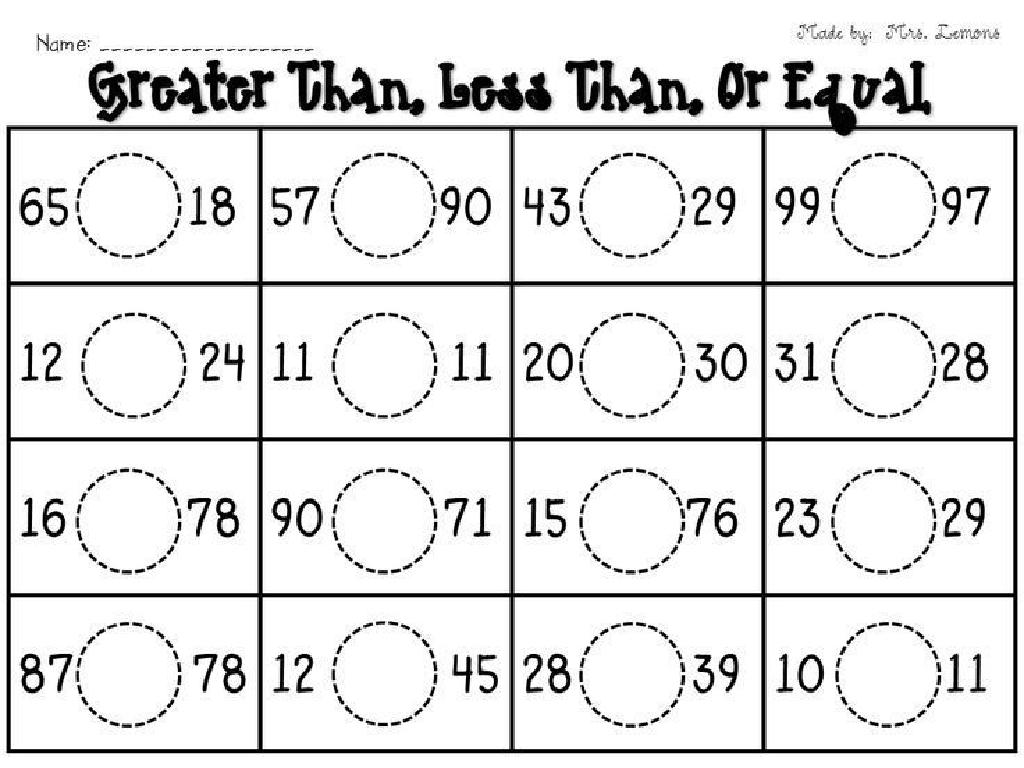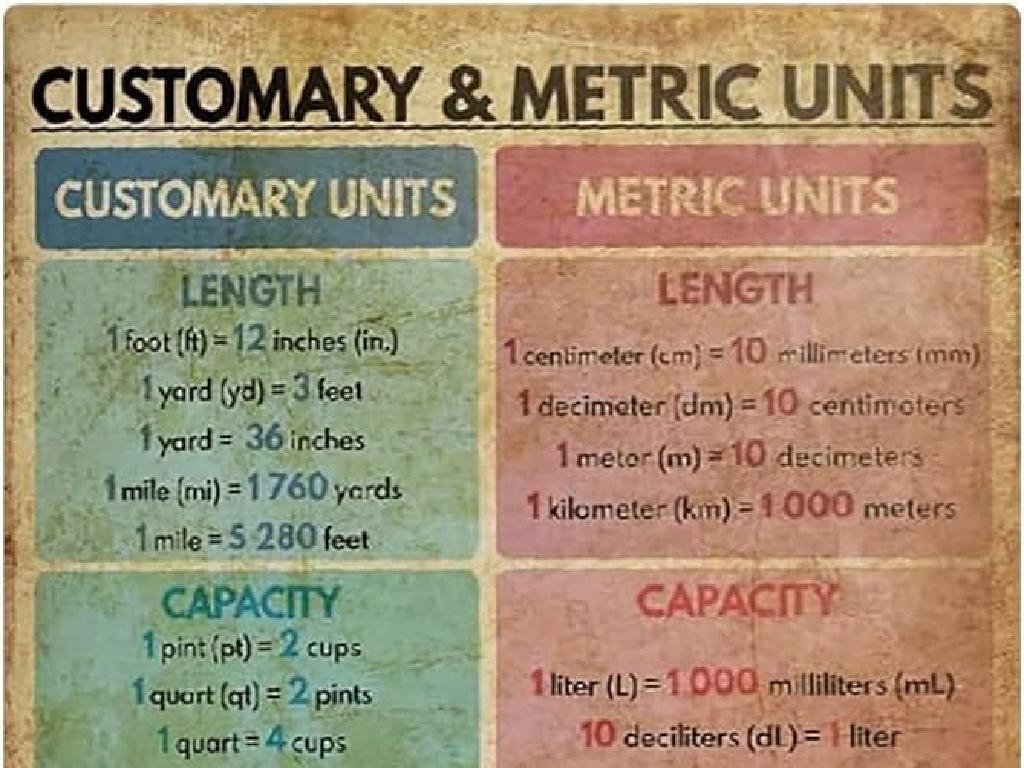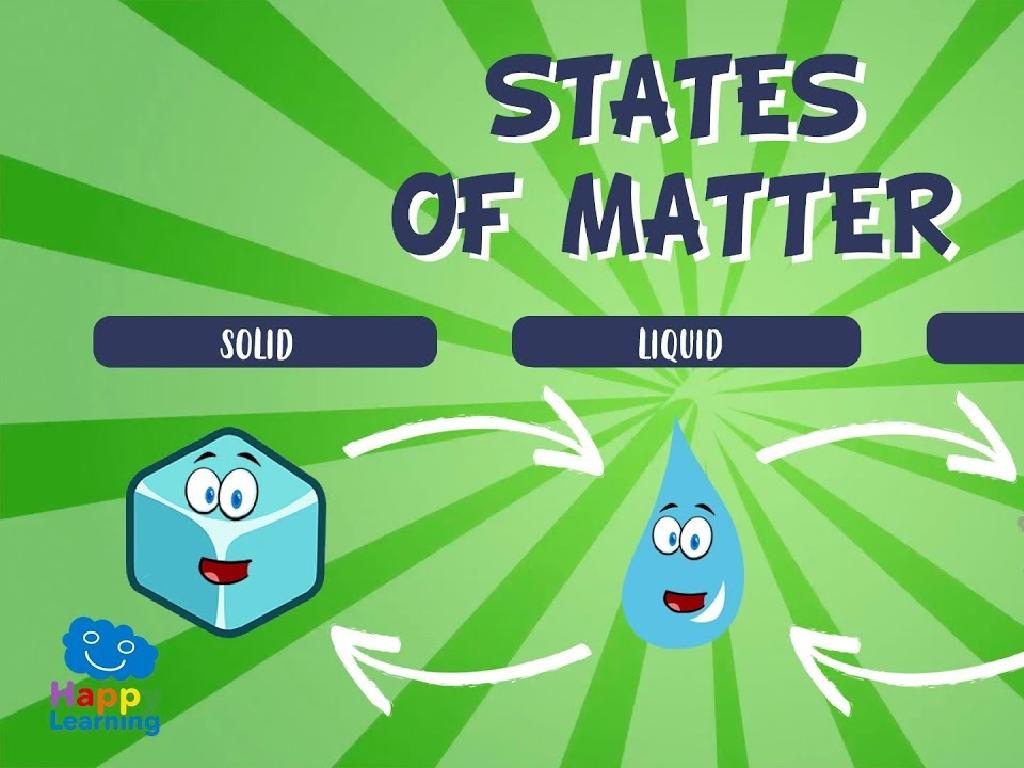Source Analysis: The Declaration Of Independence
Subject: Social studies
Grade: Eighth grade
Topic: The American Revolution
Please LOG IN to download the presentation. Access is available to registered users only.
View More Content
Exploring the Declaration of Independence
– Grasp the American Revolution
– A pivotal event leading to the birth of the USA.
– Value of primary sources
– Original documents like the Declaration provide firsthand accounts.
– Analyzing the Declaration
– We’ll dissect the text to understand its meaning and purpose.
– Significance in history
|
This slide introduces the American Revolution and emphasizes the importance of primary sources in learning history. The Declaration of Independence is a key document from this time. As a primary source, it offers invaluable insights into the thoughts and motivations of the founding fathers. Today’s lesson will focus on analyzing this document to understand its historical context, purpose, and the foundational ideas that shaped the United States. Encourage students to think critically about the source and consider how it reflects the broader themes of the American Revolution.
Exploring the Declaration of Independence
– Historical significance
– It marks the formal assertion of independence from Britain.
– Role in American Revolution
– It was a rallying point for colonists and a declaration to the world.
– Key authors highlighted
– Jefferson, Adams, Franklin were pivotal in drafting the document.
– Impact on nation’s foundation
– It laid the ideological groundwork for the United States.
|
The Declaration of Independence is a cornerstone document in American history, marking the colonies’ official break from British rule. Its adoption on July 4, 1776, is celebrated as the birth of the nation. The document not only declared independence but also articulated the Enlightenment ideals of individual liberty and government by consent. Key figures like Thomas Jefferson, John Adams, and Benjamin Franklin played significant roles in its creation. Understanding the Declaration’s role in the American Revolution helps students appreciate its lasting impact on the principles and structure of the United States government. Encourage students to consider how the Declaration’s assertions of equality and rights have influenced American society and government since its inception.
Exploring the Structure of the Declaration of Independence
– Preamble: Introduction
– Sets the stage for why the Declaration was necessary
– Declaration of Rights
– Outlines inherent rights and the role of government
– Bill of Indictment
– Lists grievances justifying separation
– Statement of Independence
– Officially declares the colonies as independent states
|
This slide aims to dissect the structure of the Declaration of Independence into its four key parts. The Preamble serves as an introduction, explaining why the document is being written. The Declaration of Rights outlines the philosophical foundation of America’s right to revolt, emphasizing the belief in natural rights. The Bill of Indictment presents a list of grievances against King George III, providing justification for the colonies’ break from British rule. Lastly, the Statement of Independence is the colonies’ official declaration of sovereignty, marking the birth of the United States. Encourage students to understand the logical flow of the document and how each part contributes to the overall message. Discuss the historical context and the impact of each section on the colonies’ quest for independence.
Analyzing Key Passages of the Declaration
– ‘Life, Liberty, & Happiness’
– Fundamental rights that the government should protect.
– ‘All men are created equal’
– A call for equality and human rights.
– Impact on American society
– Shaped U.S. values, laws, and civil rights movements.
– Global influence of these ideas
– Inspired democratic movements worldwide.
|
This slide delves into the examination of pivotal excerpts from the Declaration of Independence. Students should understand that ‘Life, Liberty, and the pursuit of Happiness’ are considered inalienable rights, which the government is created to protect. The phrase ‘all men are created equal’ emphasizes equality and has been a cornerstone in the fight for human rights. These principles have profoundly influenced American societal values, legislation, and pivotal civil rights movements. Furthermore, the Declaration’s ideals have resonated globally, sparking democratic movements and shaping governance in other nations. Encourage students to think critically about how these concepts have evolved and are applied in today’s society.
Historical Context of the Declaration of Independence
– Tensions with Britain
– Disputes over taxes and governance led to unrest
– Events before the Declaration
– Acts like the Stamp Act fueled anger, leading to the Continental Congress
– Declaration’s global impact
– The Declaration inspired other nations towards democracy
– 18th-century significance
– Marked a shift in the idea of government by the people
|
This slide aims to provide students with an understanding of the historical context surrounding the Declaration of Independence. Discuss the growing tensions between the Thirteen Colonies and Britain, emphasizing the issues of taxation without representation and the desire for self-governance. Highlight key events that led up to the drafting of the Declaration, such as the various acts imposed by Britain and the meetings of the Continental Congress. Explain the global significance of the Declaration in the 18th century, noting how it inspired other nations and movements towards democracy and self-determination. Emphasize that the Declaration was a radical document for its time, proposing a government that derived its power from the consent of the governed.
Source Analysis: The Declaration of Independence
– Examining primary sources critically
– Look at author’s tone, style, and context
– Key questions: Who, What, When, Where, Why
– Author’s identity, content details, historical timing, location, and reasons behind the source
– Recognizing bias and perspective
– Identify any potential bias or unique viewpoints
– Grasping the source’s purpose
– Understand the intention behind the Declaration’s creation
|
This slide aims to equip students with the skills to analyze primary sources like the Declaration of Independence. Start by discussing the importance of examining such documents critically, considering the author’s tone, style, and the context in which it was written. Encourage students to ask fundamental questions about the source to gain a deeper understanding of its content and significance. Discuss how to detect bias and assess the author’s perspective, which can influence the information presented. Finally, delve into the purpose of the Declaration, exploring its role in American history and its intent to articulate the colonies’ reasons for seeking independence. This analysis will help students appreciate the complexity of historical documents and the importance of considering multiple viewpoints.
Group Activity: Analyzing the Declaration of Independence
– Break into small groups
– Analyze assigned sections
– Focus on key phrases and their meanings
– Discuss guided questions
– Consider historical context and purpose
– Share findings with class
|
This slide introduces a group activity aimed at dissecting the Declaration of Independence. Students will be divided into small groups, with each group assigned a different section of the document to analyze. Provide each group with a set of guided questions to facilitate discussion and ensure a thorough examination of the text. Questions may include inquiries about the language used, the grievances listed, and the declaration’s overall significance. After the discussion, each group will prepare a brief presentation to share their insights with the rest of the class. This activity encourages collaboration, critical thinking, and a deeper understanding of this pivotal document in American history. As a teacher, circulate among the groups to offer support and answer questions. Possible activities for different groups could include analyzing the introduction, the preamble, the list of grievances, or the conclusion of the Declaration.
Class Discussion: Analyzing the Declaration of Independence
– Group presentations on analysis
– Discuss Declaration’s relevance today
– How does the Declaration impact our lives now?
– Engage in Q&A session
– Ask questions, no matter how simple or complex
– Explore ideas and clarify doubts
– Think about the Declaration’s principles in modern context
|
This slide sets the stage for an interactive class discussion where students will present their analysis of the Declaration of Independence. After the presentations, guide the discussion towards the document’s contemporary relevance, encouraging students to think about how the principles laid out in the Declaration affect society today. The Q&A session is crucial for deepening understanding and allowing students to clarify any doubts they may have. As a teacher, prepare to facilitate the discussion, ensuring that every student feels comfortable to participate and that the conversation remains respectful and productive. Consider preparing some questions in advance to stimulate discussion if needed.
Reflection and Homework: The Declaration’s Legacy
– Reflect on today’s lessons
– Current impact of the Declaration
– How does it influence our rights and freedoms now?
– Homework: Essay on the Declaration’s relevance
– Write a short essay on its importance today
– Share insights in the next class
|
This slide aims to consolidate the day’s learning and encourage students to think critically about the historical significance of the Declaration of Independence and its ongoing impact on contemporary society. Students should reflect on the key points discussed in class, particularly how the Declaration has shaped the nation’s values and governance. For homework, they are tasked with writing a short essay that explores the relevance of the Declaration in modern times, considering aspects such as human rights, democracy, and national identity. This activity will help students develop their analytical and writing skills while deepening their understanding of American history. In the next class, students will have the opportunity to discuss their essays and insights, fostering a collaborative learning environment.






